Get your motor running—and keep it that way—along with every other part of your boat and trailer. A little attention—and elbow grease—will help keep your boat running smoothly and safely all season long. Here’s some helpful advice from our friends at BoatU.S.
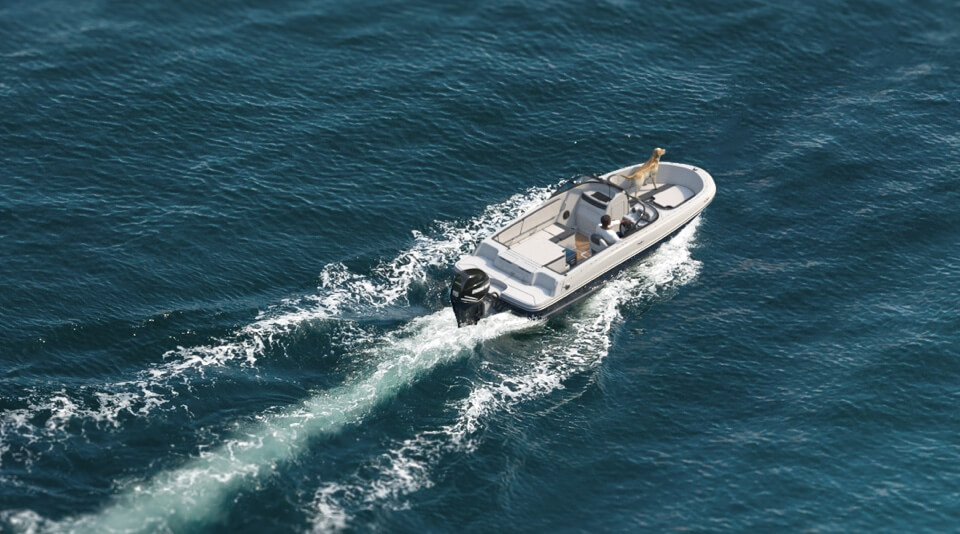
The Complete Guide To Boat Maintenance
A little attention—and elbow grease—will help keep your boat running smoothly and safely all season long. Here’s some helpful advice from our friends at BoatU.S.
We’ve all been there: You dock your boat or trailer it home after a fun day out on the water and realize that it’s time for some maintenance chores. Getting motivated can be difficult—and even when you feel like doing it, it’s easy to overlook some key necessities.
But a few quick checks and tasks will have an outsized effect on helping to keep your boat going to the next outing, says Charles Fort, associate editor at BoatU.S. Magazine. Checks and maintenance are also important by the time you reach midseason (though it’s a bit more involved at this stage), as well as before and after the winter storage season.
Here’s what Fort recommends you do for your boat, outboard motor and trailer during each of these key time periods.
How to maintain your boat:
During Each Outing
From put-in to take-out, these tasks will
help ensure a fun day on the water.
At Midseason
These mid-season tasks can help keep your boat
out of the repair shop and in the water.
Winterizing
Performing these tasks before the cold sets in will
help protect your boat from winter’s chill.
De-winterizing
Tackling these tasks before your boat goes back in the
water will help make this a great boating season.
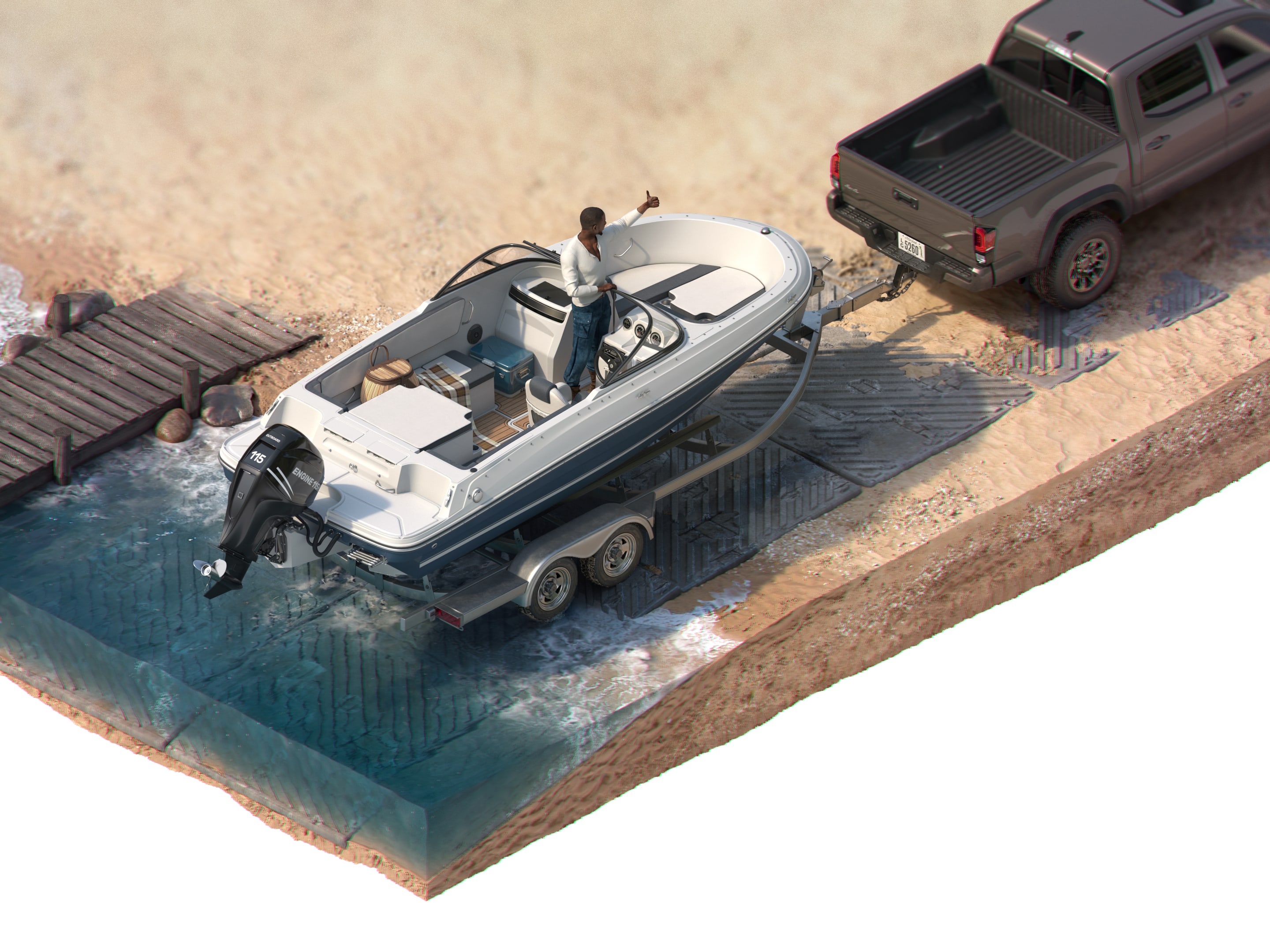
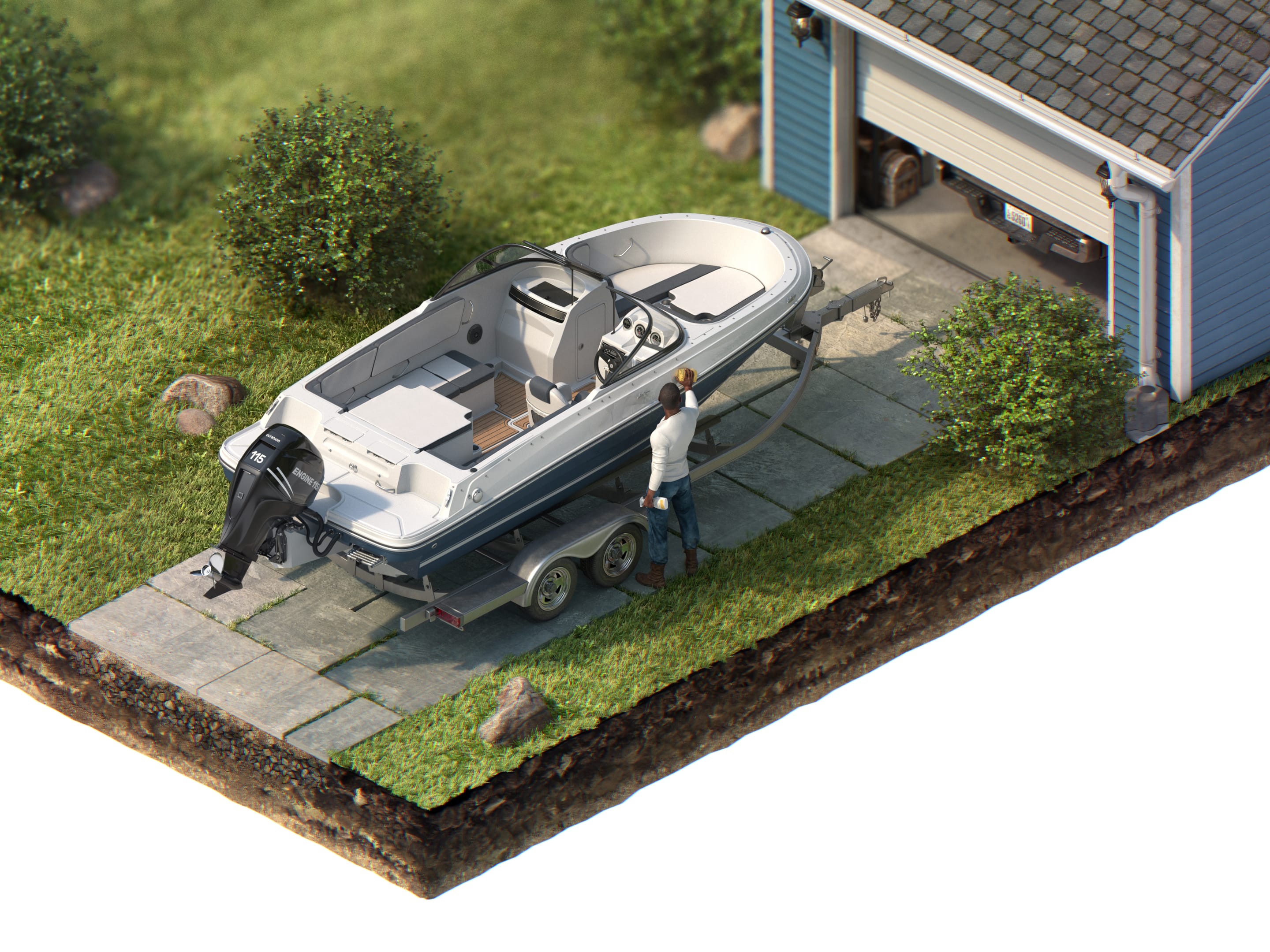
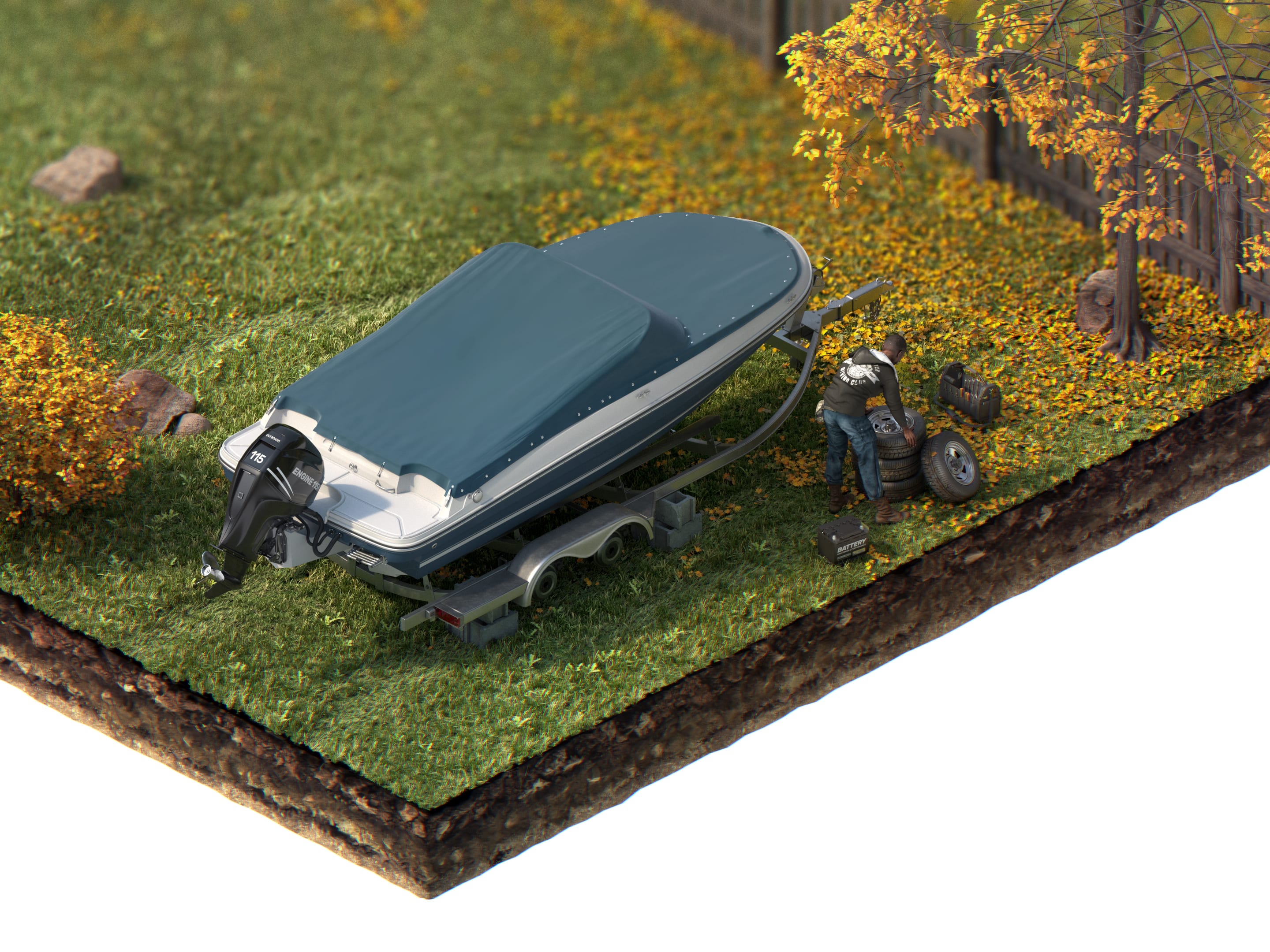
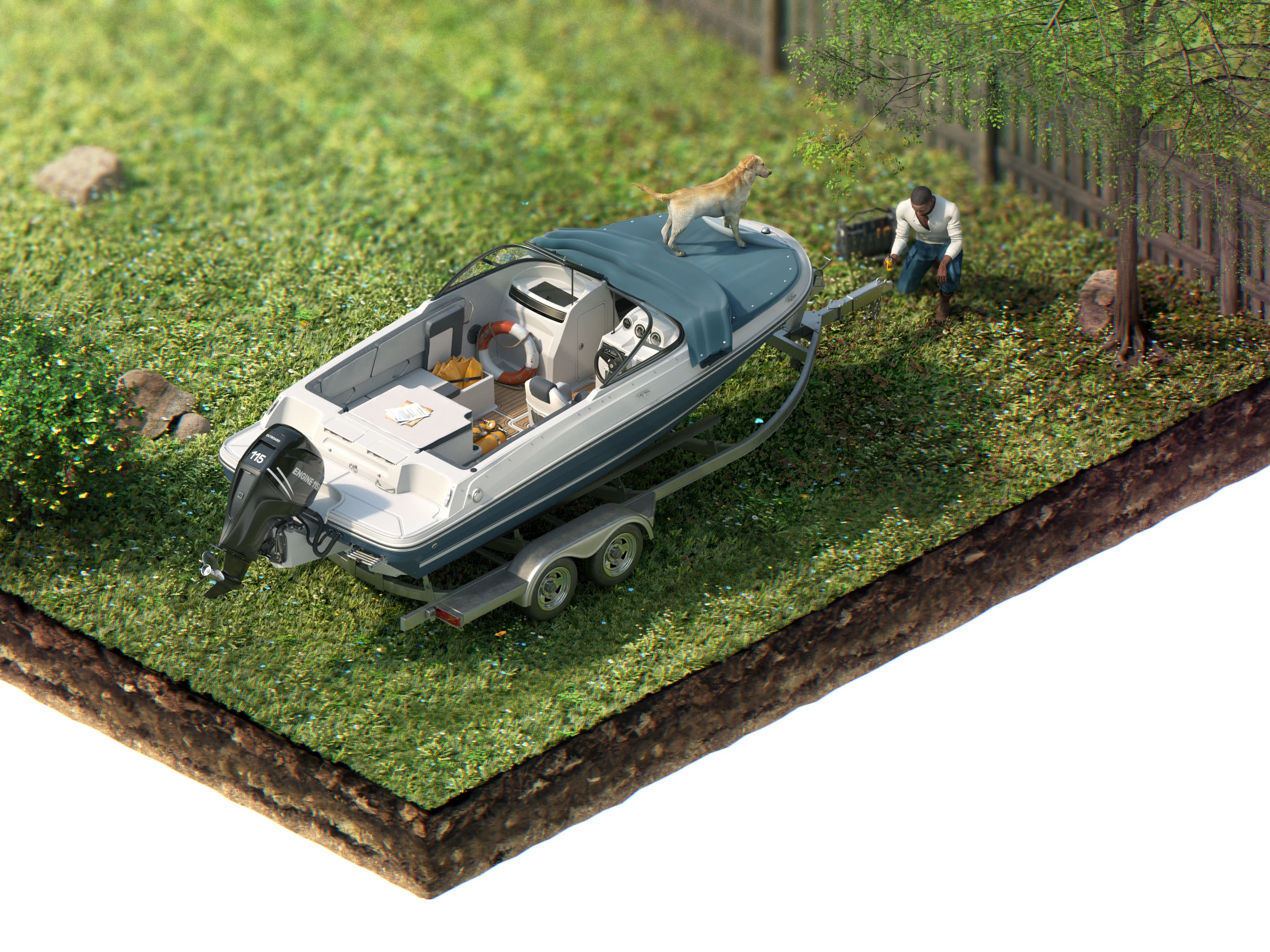

During Each Outing
Engine
Check the engine oil before taking the boat out.
Why: Running low on oil can result in serious engine damage.
How: Whereas the oil in some outboards should be checked while cool, others should be checked at operating temperature. You can find the requirements for yours in your owner’s manual. To do the check, remove the top cowl, then remove and wipe down the dipstick and put it back in and remove it again; if the oil level is low, don’t wait to add more. For two-stroke engines, check the reservoir.
Check the water flow before going out.
Why: An overheated engine can quickly seize up.
How: Check the telltale stream when you start the engine to make sure it has a healthy flow.
Check the fuel-water separator.
Why: Water in your fuel tank can stop your engine cold; even small amounts can cause ethanol-blended gas to separate.
How: If you have a clear canister, inspect it for water, which will settle to the bottom. For opaque canisters, pour the contents into a clear glass jar and wait for a few minutes to see if any water separates out. If there is water contamination present, replace the filter, monitor performance, and recheck the canister again after a few trips to find out if you still have a contamination problem with your fuel. Disposing of bad fuel can be costly; monitor the issue to make sure that’s what the problem is.
Flush the engine after use.
Why: Salt or brackish water can corrode the engine’s internal components.
How: If your engine has a built-in attachment for a hose, hook one up and let the water run for 10 minutes; otherwise, fit flush muffs over the water intakes, turn on the water, and run the engine for 10 minutes. Check your owner’s manual for specifics.
Propeller
Check the propeller for dings and dents.
Why: A damaged prop can cause your boat to lose performance and burn more fuel.
How: Pull up the engine and do a visual inspection of the propeller; even small dings can make a big difference. Prop shops can fix problems.
Remove debris.
Why: Fishing lines and other debris can get caught around the hub and damage seals; if water gets in, it can harm the lower unit.
How: Pull or cut off any debris from the prop. Make sure the seals are not damaged.
Fuel tank
Add a stabilizer to the gas.
Why: Adding a quality fuel stabilizer to gas that contains 10 percent ethanol (also called E-10) can help prevent the fuel and ethanol from separating, which can result in engine damage. Though most modern boat engines can tolerate E-10, ethanol can damage fuel systems on older boats that haven’t been upgraded with ethanol-resistant components. If you can find ethanol-free gas, you’ll avoid these problems, though you’ll pay more.
How: Check the manufacturer’s recommendation for the optimal amount of stabilizer to add to the fuel tank. When you fill up the tank, add the stabilizer first, then fill the tank with gas to help mix the stabilizer. If you fill up at a roadside gas station, be extra cautious that you don’t accidently put the newly available E-15 gas in the tank, as it can damage most boat engines.
Bilge pump
Check that the pump is operating properly.
Why: A working bilge pump can buy you time if your boat is taking on water.
How: Test the pump by lifting up the automatic float switch to be sure it turns on, and check for any debris or corrosion that might prevent it from working properly. Also check the switch for manual operation.
Hull
Wash the hull with a hose.
Why: Washing the hull after every outing keeps dirt from building up and making your boat look aged.
How: Get everything wet with a misty spray, wait a minute to let salt crystals and dirt dissolve, then give the hull a gentle washdown.
Trailer
Rinse the trailer off after each saltwater use.
Why: Saltwater can quickly corrode anything metal on your trailer, including the suspension and brakes.
How: Rinse the trailer off within a few hours of leaving the boat ramp.
Tip: Set up a lawn sprinkler under the trailer and let it run for a few minutes.
Check the tire inflation.
Why: Underinflated tires can lead to overheating and a blowout.
How: When the tires are cold, check them with a pressure gauge, and don’t forget to check the spare tire. Check the label on the trailer and keep tires inflated to the recommended psi.
Check the safety chains.
Why: If the trailer disconnects while you’re driving, these chains are what can help prevent a major accident.
How: The chains should be tight enough not to drag, but loose enough to allow the trailer to make a turn. Crossing the chains helps cradle the trailer tongue in case it gets disconnected.
Check the tie-down straps and eyes.
Why: Proper straps keep the boat secured to the trailer while towing it, especially over bumps and around turns. Make sure the eyes are secure.
How: Be sure the straps are tied tightly before driving and check regularly to make sure they’re not getting worn down.
Verify that all lights are working properly.
Why: Brake lights and turn signals are essential communication safety measures on the road.
How: Stand behind the trailer and have a helper trigger the lights and signals while you watch. Check the hitch.
Check the hitch.
Why: A secure fit is essential to safe transport.
How: Make sure the hitch ball and trailer coupler are the same size and the coupler locks securely. Tip: Use a padlock to lock the coupler closed so it won’t come loose. This also helps to deter thieves.

At Midseason
Engine
Check the fuel line and fuel primer bulb for cracks.
Why: Leaking fuel is dangerous onboard.
How: Give the bulb a squeeze. If it’s hard or dribbles fuel, replace it. Run a clean rag over fuel lines and smell it; if there’s an odor of gas, replace the lines.
Check the power trim and tilt fluid.
Why: If your fluid is low, you won’t be able to trim or raise your engine.
How: Typically, you should tilt the engine all the way up and check the reservoir level. Fill the engine with the recommended type of fluid and investigate why the level was low—you may have a leak.
Replace the spark plugs.
Why: If the spark plugs start going bad, you could end up with trouble starting the engine or decreased performance.
How: Follow the manufacturer’s recommendations. If you haven’t replaced the spark plugs before, you may want to have a professional do it. If you do it yourself, disconnect the battery from the engine and make sure the engine is cold.
Check the zinc anodes and replace if necessary.
Why: Sacrificial anodes help protect underwater metals from corrosion and eventual disintegration, which can lead to costly repairs. Replace the anodes when they’re half-gone.
How: This is usually a simple DIY job, but make sure you replace all the anodes; some engines have several. Be sure the contact area is clean.
Hull
Wash and wax the hull.
Why: Waxing the hull will help protect the finish from stains and damage from UV rays.
How: Wash the boat with a nonabrasive cleaner, scrubbing it with a boat brush. Rinse and dry the boat thoroughly. Follow application instructions for doing the waxing. Generally, you’ll apply the wax with a cloth or foam pad, let dry, then buff with a soft cloth.
Seats
Clean vinyl seats.
Why: Dirty vinyl seats look bad and can decrease your boat’s value.
How: Use a vinyl cleaner and a soft brush or sponge; avoid using bleach or cleaners that contain bleach, as they will break down the vinyl and stitching. Once the seats are dry, finish with a sealer.
Electronics
Check and clean the electronic connections.
Why: Moisture can creep in and start to cause corrosion, which can make your electronics unreliable.
How: Check the connections for corrosion and treat with dielectric grease.
Trailer
Check the tires for wear and sidewall cracking.
Why: Tire tread wear happens with use, of course, but the sidewalls can also deteriorate with enough exposure to the sun’s UV rays.
How: Give the tires a thorough visual inspection. If you discover any cracks or the tread is low, the tires are due for replacement.
Check the wiring harness for loose or broken wires.
Why: Wires can easily get jostled, resulting in malfunctioning lights.
How: Visually inspect the wires and make sure all lights work properly.
Check for rust.
Why: Rust can destroy suspension components, brakes, and even the frame. Saltwater accelerates corrosion.
How: Check the frame, axles, and brakes, as well as all nuts and bolts—especially those that get submerged at the boat ramp.
Check wheel bearings.
Why: Failed bearings have ended many outings. If the bearings aren’t properly greased, they’ll get hot and may seize, leaving you stranded.
How: Feel the hubs. If they’re hot to the touch after driving, failure could be imminent, and the bearings will need to be repacked or replaced.
Check the brakes and fluid level.
Why: Ensuring the proper operation of your brakes is an essential safety check; leaking brake fluid can cause them to fail.
How: Inspect the brakes and lines for leaks. Make sure the reservoir is full of the right kind of fluid.
Grease the coupler.
Why: This will make it easier to use and less likely to get stuck.
How: Apply a small dab of grease on both the ball and the coupler.
Check the winch
Why: Grinding a worn rusty winch makes reloading your boat a pain.
How: Tighten anything that’s loose and give moving parts a shot of oil. Check the strap for wear.

Winterizing
Engine
Change the oil and the lower unit lube.
Why: Changing these things will help extend the life of your engine and lower unit.
How: Follow the manufacturer’s recommendations for the proper types of oil to use. Be sure the engine is warmed up before changing the oil. Then drain and add fresh oil per the manufacturer’s recommendations. You should drain and fill the lower units from the bottom with the top vent screw loosened.
Flush and drain the engine.
Why: A final flush for the season will help remove the salt and brackish water that can corrode the engine over the winter.
How: If your engine has a built-in attachment for a hose, hook one up and let the water run for 10 minutes; otherwise, fit flush muffs over the water intakes, turn on the water, and run the engine for 10 minutes. Check your owner’s manual for specifics.
Fog the engine.
Why: This extra anticorrosive process will help protect the engine’s internal components.
How: Run the engine and turn off the fuel shutoff. Spray the fogging oil into the intake as the engine is running out of fuel. Note that some engines don’t require fogging; check your manual.
Replace the water pump impeller if necessary.
Why: A failed water pump will lead to an overheated engine, which could cause expensive damage.
How: Follow the manufacturer’s recommendations, but usually you should replace the impeller every couple of years.
Fuel
Fill the fuel tank to 95 percent and add stabilizer.
Why: A nearly full tank is less likely to allow water to condense in the tank, which can cause big problems with today’s ethanol-enhanced gas. Using stabilizers will keep the gas fresh until spring.
How: Add the stabilizer first, then fill the tank with fuel almost completely. But be careful—a tank that’s too full may allow expanding fuel to leak out of the vent.
Batteries
Clean, charge, and store the batteries.
Why: Even when you’re not using your battery, it will still discharge. Super-cold temperatures may even cause damage to the battery it if the charge is low.
How: Remove the battery and charge it in your basement or garage. Use a proper marine battery charger that won’t overcharge the battery. Clean the studs and terminals for later reinstallation.
Cabin
Cover the cabin the right way.
Why: If you store your boat outside, a cover will help keep out water, snow and ice. The cover should breathe, as condensation is a breeding ground for mildew.
How: Consider buying a custom-made canvas cover with a frame. Whatever you use, be sure it allows for ventilation.
Trailer
Block the trailer and cover or remove the tires.
Why: Doing this will protect your tires and take the strain off your trailer’s suspension.
How: Remove the lug nuts, then take off the wheels and tires and store in your garage or shed. Check the tires for wear and the wheels for corrosion or bent rims. Tip: This is also an excellent anti-theft procedure.

De-winterizing
Engine
Check the fuel hoses for leaks and bulges.
Why: Leaky or worn fuel hoses can be a serious safety hazard. Bulges or soft spots are a sign of imminent failure.
How: Run a rag over each hose, then sniff the rag to check for fuel leaks. Even if the hoses look okay, replace them if they’re more than 10 years old.
Lights
Check the navigation lights.
Why: Dim or inoperable lights are not only safety issues; you could be fined by local law enforcement if the lights aren’t on when they should be (usually at night or in low-visibility conditions).
How: If your lights are dim, try polishing the lenses or cleaning the connections. You can also replace the lights with LEDs to maximize their brightness.
Storage
Check the safety gear.
Why: Flares, fire extinguishers and life jackets are all things you absolutely want to be in top condition when you need them.
How: Check the expiration date on the flares; they expire 42 months from the date of manufacture, not from the date when you bought them. On the extinguisher, inspect the needle; if it’s in the red zone (or close to it), or of it’s more than 10 years old, it’s time to replace it. Also check the canister, nozzle and bracket for rust, corrosion or other damage. Check life jackets for tears, excessive wear, broken straps or mildew.
Check your registration and insurance. Pack copies, not originals.
Why: Registration documents must be current and on your boat at all times. You’ll want to keep a copy of your insurance policy onboard as well in case of an accident.
How: Check the dates and periods of coverage for all of your policies; call GEICO if you have any questions on your boat insurance policy.
Trailer
Repack the wheel bearings.
Why: Failed bearings have ended many an outing. If the bearings aren’t properly greased, they’ll get hot and may seize up, leaving you stranded.
How: While somewhat messy, repacking the bearings can be done DIY-style with the right tools and a free afternoon.
Inspect the bunk boards or rollers.
Why: Worn or damaged bunk boards or rollers can cause serious damage to your hull.
How: If the rollers are cracked or distorted, replace them with new rollers of the same type and width. With boards, replace broken bunks and torn carpet.
Check the brakes and fluid level.
Why: Ensuring the proper operation of your brakes is an essential safety check; leaking brake fluid can cause brakes to fail.
How: Inspect the brakes and lines for leaks. Make sure the reservoir is full of the right kind of fluid.
Grease the coupler.
Why: Greasing the coupler will make it easier to use and less likely to get stuck.
How: Apply a small dab of grease to both the ball and the coupler.
Illustrations by Anton Egorov

COULD YOU BE SAVING MONEY ON BOAT INSURANCE? GET A QUOTE NOW AND FIND OUT.
Start QuoteGEICO’s insurance agents are available round the clock, so no matter when you’re driving, someone will be there to help. You can also access emergency roadside assistance or report a claim via the GEICO Mobile app.



Daniel Tan says,
How about aluminum boats with painting? Do we do the same?
MARCAL POULLARD says,
how do i get a quote on my Boat, Motor, and Trailer.
Editor says,
https://www.geico.com/boat-insurance/